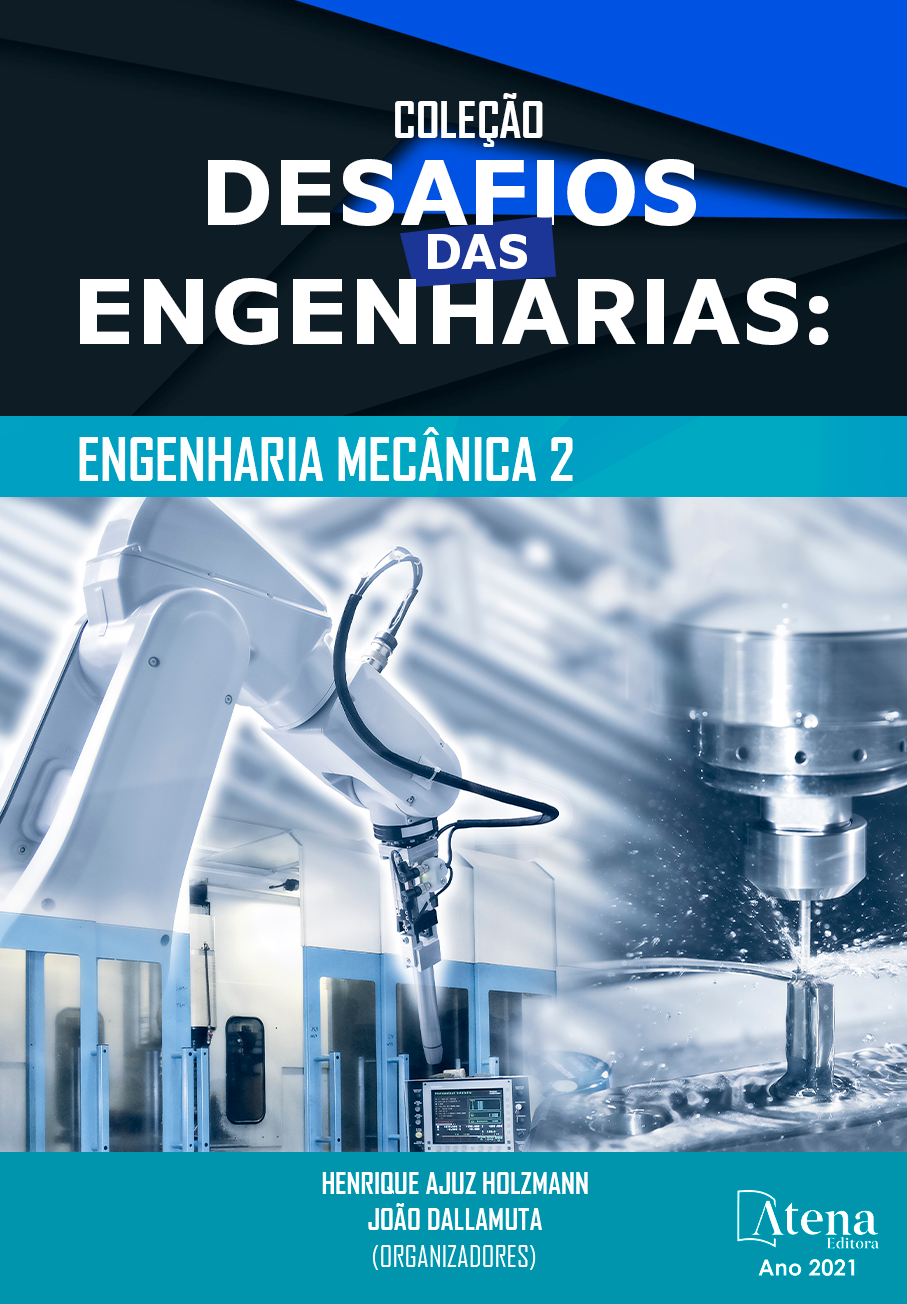
PROJETO DE TÚNEL DE VENTO DE BAIXA VELOCIDADE
A aerodinâmica experimental é essencial para o desenvolvimento de estruturas aeroespaciais. Ela complementa a modelagem analítica e as simulações numéricas. A principal ferramenta para estudos experimentais aerodinâmicos é o túnel de vento. Esse trabalho busca projetar e construir um túnel de vento de bancada, preferencialmente com um escoamento laminar na seção de testes. A melhor opção em relação a custo e tamanho da estrutura, é um túnel de vento de circuito aberto com a seção de testes fechada. As estruturas presentes em um túnel de circuito aberto e seção de testes fechada são: a câmara de estabilização, o bocal, a seção de testes, o difusor e o ventilador. O ar entra na câmara de estabilização, onde a tela de honeycomb torna o escoamento mais uniforme. O bocal acelera o escoamento e sua geometria influência na qualidade do fluxo na seção de testes. Nessa estrutura, duas funções cúbicas descrevem a superfície. Um ventilador com pás retas adiciona energia ao sistema. A simulação numérica baseada nas equações de Navier-Stokes transientes e incompressíveis estuda turbulência e efeitos viscosos no túnel. A malha tridimensional estruturada usada na simulação leva em consideração os gradientes de fluxo. O modelo de turbulência k-ω é usado para avaliar a camada limite ao longo do túnel. Como resultado dos trabalhos em curso, foi concluído o projeto do túnel de vento. A construção do sistema permitirá a validação de estudos teóricos e numéricos. Para a fabricação do difusor e do bocal, moldes foram criados para serem cortados em router CNC. O túnel de vento permitirá estudar a distribuição de pressão na superfície dos corpos aerodinâmicos e a visualização do fluxo em baixa velocidade usando uma máquina de fumaça.
PROJETO DE TÚNEL DE VENTO DE BAIXA VELOCIDADE
-
DOI: https://doi.org/10.22533/at.ed.8292128107
-
Palavras-chave: TÚNEL DE VENTO, AERODINÂMICA, FLUIDO INCOMPRESSÍVEL, FLUIDODINÂMICA COMPUTACIONAL, ROUTER CNC
-
Keywords: WIND TUNNEL, AERODYNAMICS, INCOMPRESSIBLE FLUID, COMPUTATIONAL FLUID DYNAMICS, ROUTER CNC
-
Abstract:
Experimental aerodynamics is essential for the development of aerospace structures. It complements analytical modeling and numerical simulations. A wind tunnel is a tool used for the first experimental analyses. This work seeks to design and build a bench wind tunnel, preferably with a laminar flow in the test section. The best option in terms of cost and structure size is an open circuit wind tunnel with a closed test section. The structures in an open circuit tunnel and closed test section are the stabilization chamber, the nozzle, the test section, the diffuser, and the fan. Air enters the stabilization chamber, where the honeycomb-type flow straightener improves its uniformity. The nozzle accelerates the flow, and its geometry influences the quality of the flow in the test section. In this structure, two cubic functions describe the surface. A fan with straight blades adds power to the system. The numerical simulation based on transient and incompressible Navier-Stokes equations coupled with k-ω turbulence model. The structured three-dimensional mesh for the simulation takes into account the flow gradients. The k-ω turbulence model validated for low-velocity applications describes the propagation of the boundary layer. As a result of the current work, the authors completedthe wind tunnel project according to specified requirements. The construction of the system will allow the validation of theoretical and numerical studies. For the manufacturing of the diffuser and the nozzle molds are made with the CNC router. The wind tunnel will allow studying the pressure distribution on the surface of aerodynamic bodies and visualizing the flow at low speed using a smoke machine.
-
Número de páginas: 14
- Rhander Viana
- Olexiy Shynkarenko
- Arthur de Lima Queiroga


